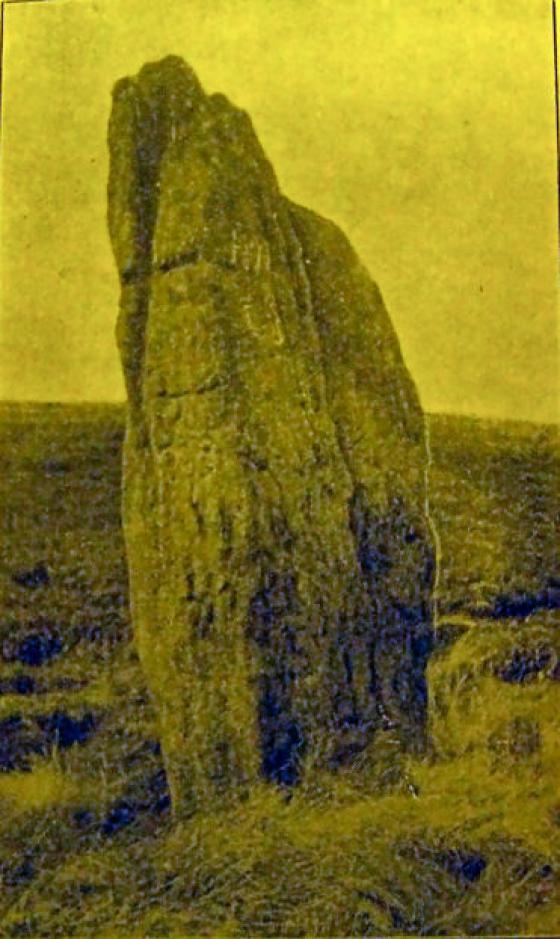
08/14

08/14

08/14.

Iron age pottery frgament in Buxton Museum

02/09. Top party venue circa 1990.

02/09. Top party venue circa 1990.
“Thirst House” must strike the reader as a singular name for a cave, which, to ordinary frequenters, appears to be remarkably devoid of water. There is, however, a small spring in the valley below the entrance; and according to the lore of the country-side, Hob charms its waters on Good Friday, so that whoso quenches his thirst thereat -- with proper faith of course-- will be cured of any ailment he may be suffering from. It is obvious that this is merely a popular explanation of the name, the spring being too insignificant and distant for the name to have originated from it. The reference to Hob points to the solution.
Mr Salt [...] reports that a farmer in the district, occasionally finding small, old-fashioned tobacco-pipes when ploughing his fields, explained their presence by the tradition that Deep Dale was “a noted place for the fairies in the olden times”; and to give point to his explanation, he related how a workman, in crossing the valley one early morning, caught one of them and put it into his bag and took it part way home; but as it shrieked so pitifully he let it go, whereupon it ran back to the valley!
Hob-Hurst was a capricious elf, who, when in a good humour, made everything on the farm, particularly in the dairy, go smooth and prosperous; but when irritated made the cows go dry, the milk turn sour, the crocks smash, and generally infuse a spirit of contrariness in everything. A charm used in this district against his trickiness is given in an early volume of the Reliquary; it ran thus:--
“Churn, butter, churn!
Peter stands at our gate
Waiting for a butter-cake!
Churn, butter, churn!”[...] The credit of the discovery of archaeological remains seems to be due to Mr. Millet, a young man of Buxton, who about ten years ago was attracted, in common with his school-fellow, to the cave, through a story of money hidden in it by an old miser who died suddenly.
From ‘Recent Cave Hunting in Derbyshire’ (part 2), in Reliquary April 1897.
In the 15th Century the cave was known as Tursthous which translated means ‘giants house’.
Excavations by Salt and Ward found romano-british remains of at least 4 people. One skeleton found with an iron spearhead in stone lined grave near the front. Artefacts now to be found in Buxton museum.
See “Derbyshire Cavemen” by Cliffe for more cavey type facts.


























































































































































































































































































